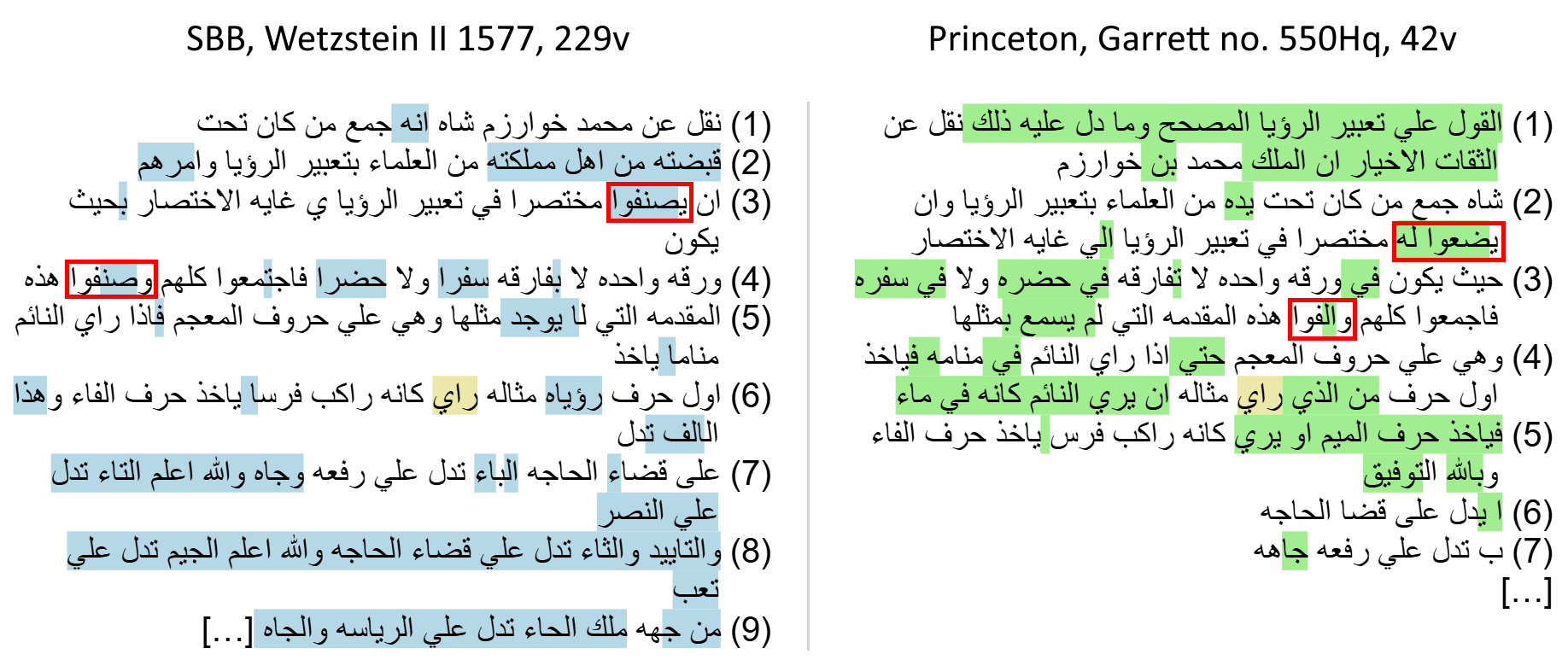In manuscripts dedicated to dreams and divination, one occasionally finds a short narrative involving Muḥammad Khawārazmshāh. It claims that he summoned specialists in dream interpretation and demanded from them to write a minimal ‘work’ on the subject that would fit on a single page and that he would be able to carry around with him at all times.
According to the narrative, the specialists tasked with creating the mini-work solved the problem by producing what is referred to as a muqaddima which was organised alphabetically with each letter pointing to some specific interpretation such as ‘fame’, ‘victory’, ‘happiness’, and so forth. The idea was that, whenever someone had dreamt something, they had to take the first letter of the object they had seen in their dreams and then navigate to the relevant letter in the mini-work. For example, if they had dreamt that they were riding a faras ‘horse’, they would have to navigate to the letter fāʾ where they would then learn what the dream meant (which pushes to an almost comical extreme the idea of other alphabetically ordered dream books).
I have come across two manuscripts which contain said narrative, one held by the Staatsbibliothek zu Berlin and the other by Princeton University Library. When put next to each other, these two witnesses are interesting for two reasons. On the one hand, they are illustrative with regard to the extent to which terms for ‘writing’ sometimes were used interchangeably (see the shift between ṣannafa, allafa and waḍaʿa highlighted in red below). On the other hand, they are a good example of a transformation which is of interest in the context of text reuse and its detection: Linear succession of content is transformed into a table and made more navigable, or tabular content is brought into linear succession, some reshuffling and changes included.
Such formal transformations are a reminder that texts can be reused in strikingly different ways which may include layout changes that, not least, represent an interesting challenge for automated text reuse detection.
SBB, Wetzstein II 1577, 229v (left) Princeton, Garrett no. 550Hq, 42v (right)



